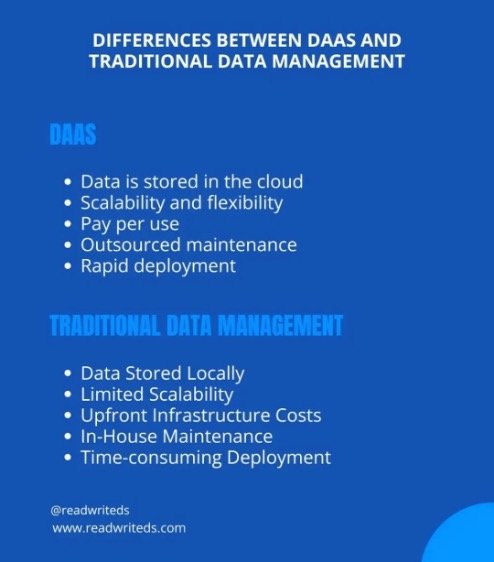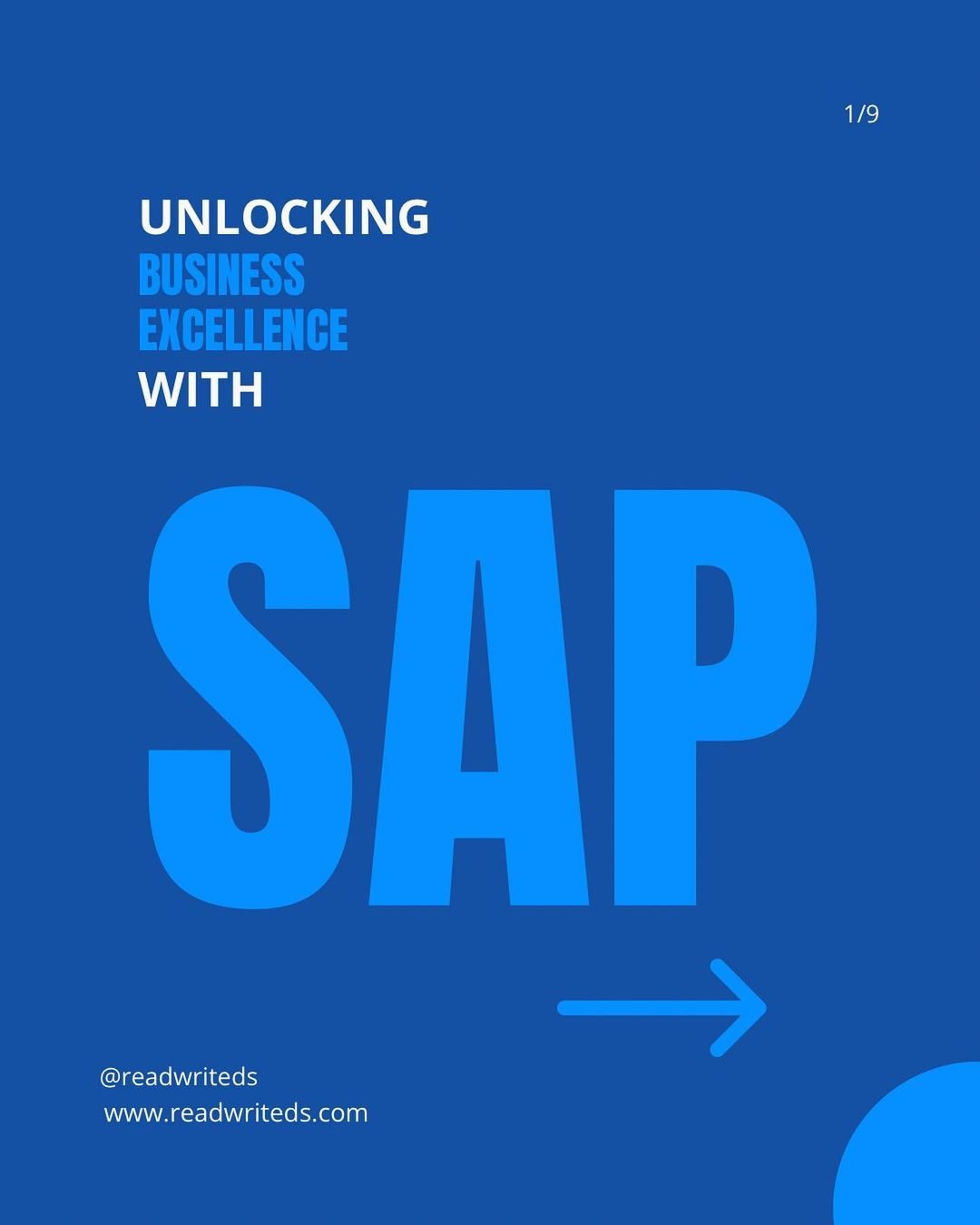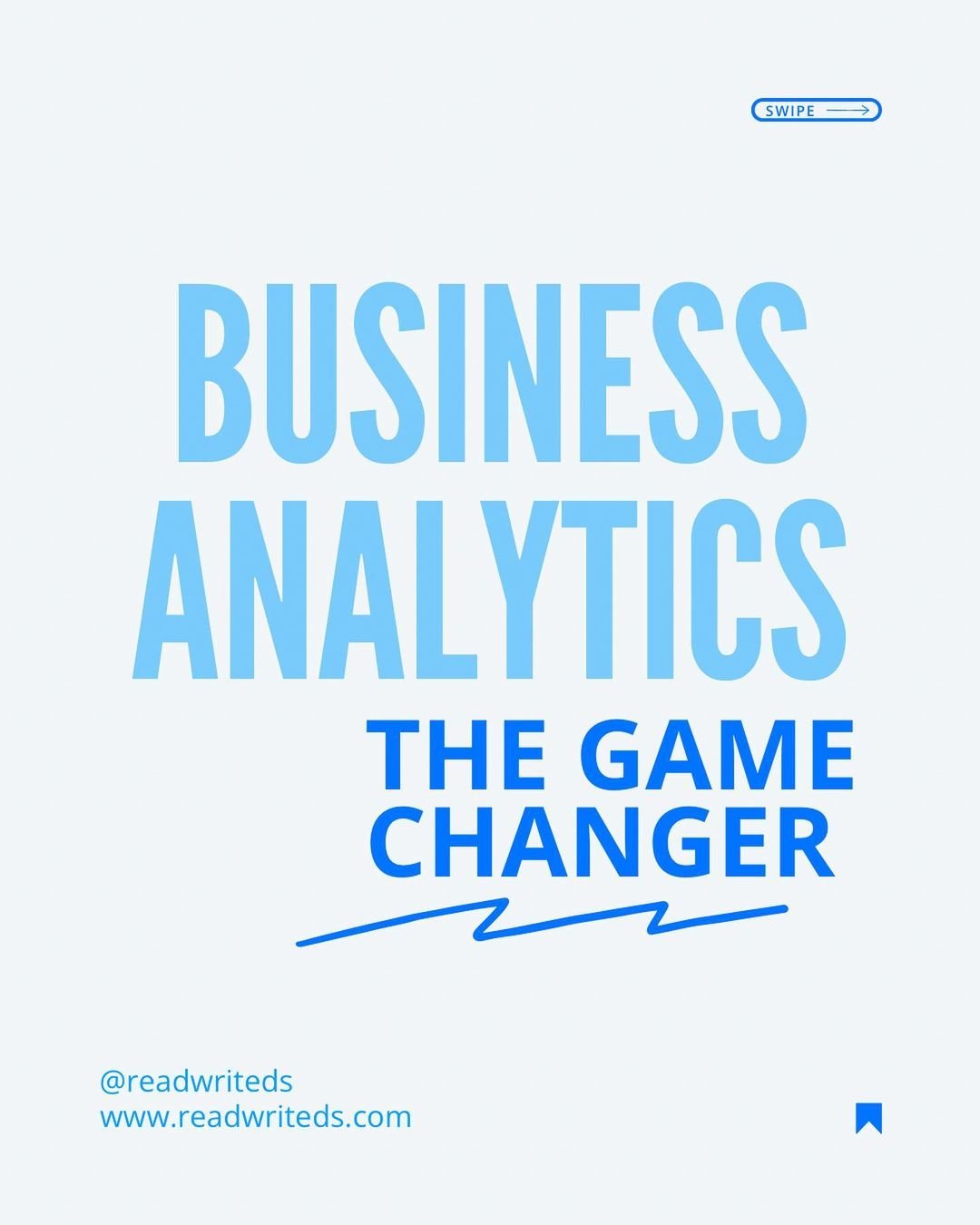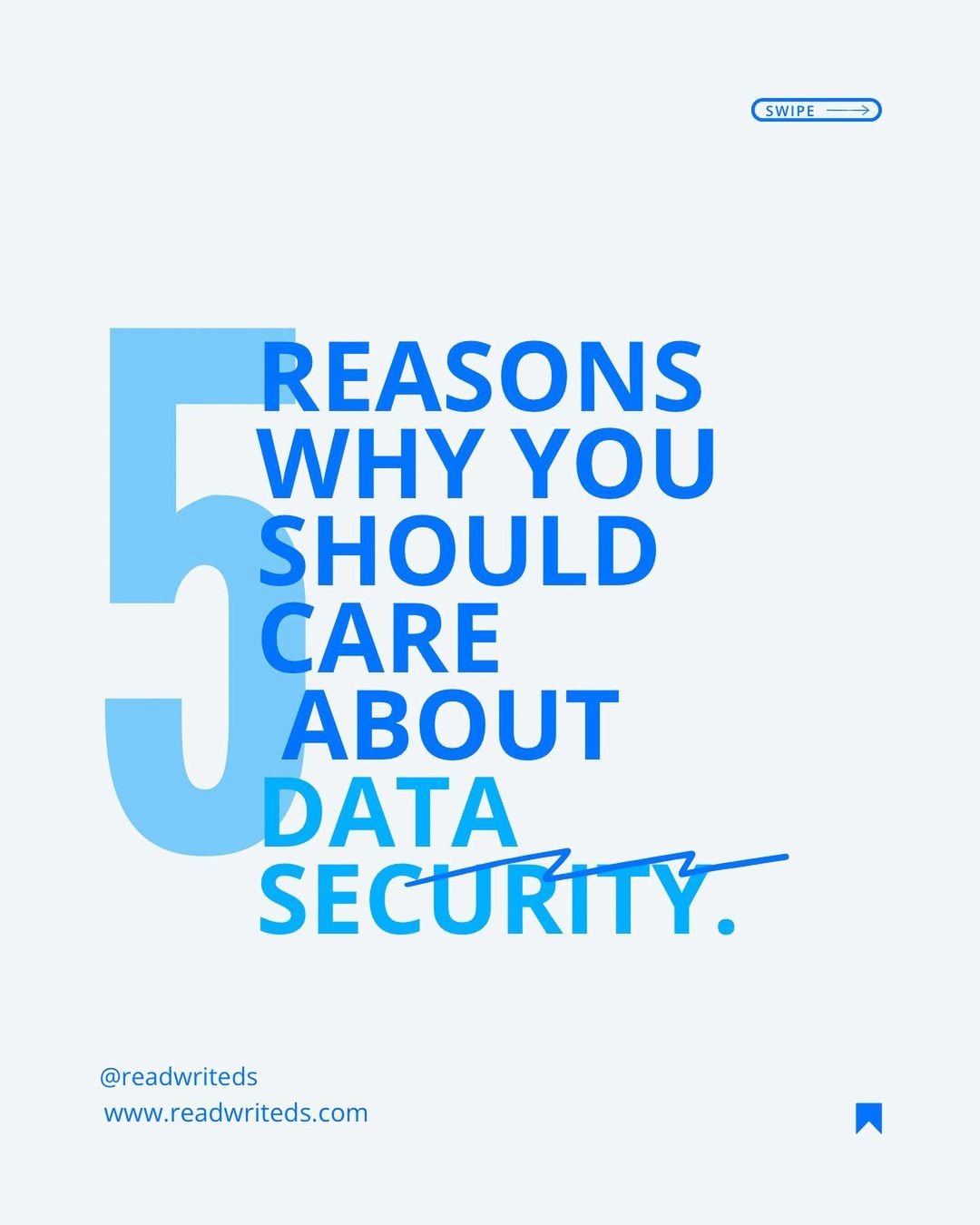
DAAS vs Traditional Data Management: Which Approach Reigns Supreme?
In the rapidly evolving world of data management, organisations are faced with a critical decision: stick with traditional data management methods or embrace the innovative approach of Data as a Service (DAAS).
While traditional data management has its roots in legacy systems, DAAS offers a cloud-based, on-demand solution that’s revolutionising the way we handle data. In this article, we’ll delve into the differences between DAAS and traditional data management, exploring the benefits and drawbacks of each approach.
Traditional Data Management: The Old Guard
Traditional data management involves managing and maintaining on-premise data infrastructure, including hardware, software, and personnel. This approach typically entails:
– On-premise data storage and processing
– Manual data integration and cleansing
– Limited scalability and flexibility
– High upfront costs and maintenance expenses
– Data silos and limited accessibility
DAAS: The New Kid on the Block
DAAS, on the other hand, is a cloud-based data management model that provides on-demand access to data and analytics tools. This approach offers:
– Cloud-based data storage and processing
– Automated data integration and cleansing
– Scalability and flexibility on demand
– Lower upfront costs and operational expenses
– Centralised data access and collaboration
Key Differences: DAAS vs Traditional Data Management
1. Scalability: DAAS scales with your organisation, handling large volumes of data and user demands. Traditional data management often struggles with scalability, requiring costly upgrades and hardware replacements.
2. Cost: DAAS reduces infrastructure costs, minimising capital expenditures and operational expenses. Traditional data management requires significant upfront investments and ongoing maintenance costs.
3. Accessibility: DAAS provides centralised data access and collaboration, enabling teams to work together seamlessly. Traditional data management often leads to data silos and limited accessibility.
4. Maintenance: DAAS providers handle maintenance, updates, and security, freeing up internal resources. Traditional data management requires significant personnel and resource investments for maintenance and upkeep.
5. Flexibility: DAAS offers on-demand access to data and analytics tools, enabling swift adaptation to changing business needs. Traditional data management often requires lengthy implementation cycles and rigid infrastructure.
Conclusion
In today’s ’ world, organisations must choose between traditional data management and the innovative approach of DAAS. While traditional methods have their roots in legacy systems, DAAS offers a cloud-based, on-demand solution that’s revolutionising the way we handle data. With its scalability, cost-effectiveness, and flexibility, DAAS is an attractive solution for businesses seeking to stay ahead in the data-driven era. However, traditional data management still has its place in certain scenarios, and organisations must carefully consider their specific needs before making a decision. Ultimately, the choice between DAAS and traditional data management depends on your organisation’s unique requirements and goals.




